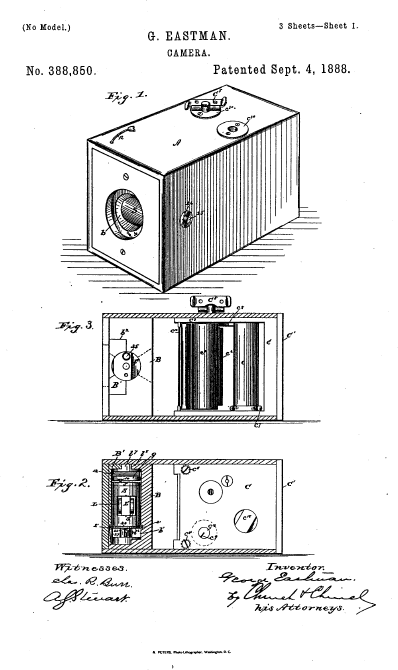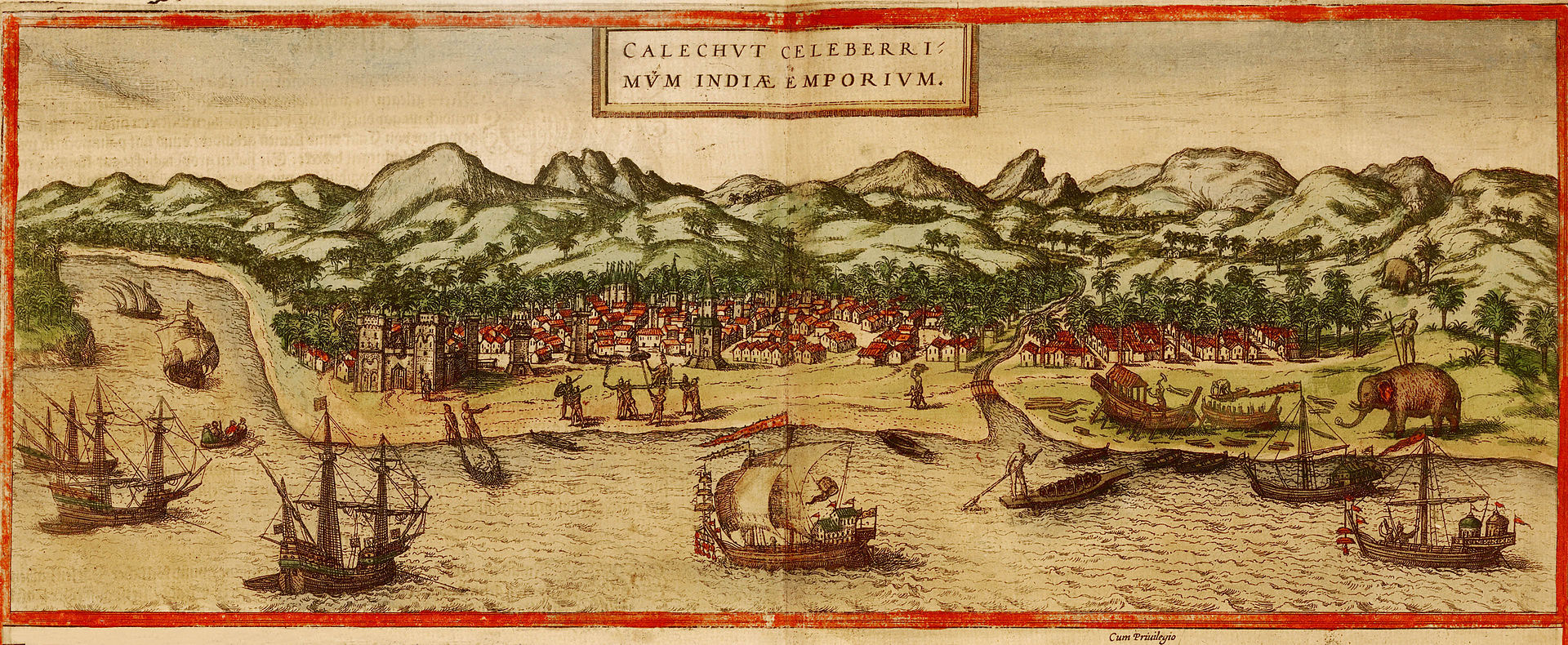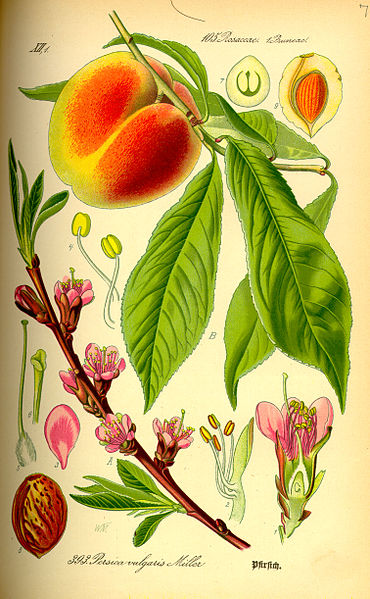Editor’s note: Today’s blog comes to us from Jim Matej from the Okinawa Cultural Association of Texas.
All cultures are marked by their festivals and celebrations. In Okinawa — Japan’s southernmost prefecture — the Buddhist custom of Obon is celebrated every summer and has given rise to Japan’s most internationally recognized performing art: the Eisa dance.
Obon began more than 500 years ago. It is believed that each year during Obon, the ancestors’ spirits return to this world in order to visit their relatives. During the three-day event, graves are visited and food offerings are made at temples and household altars, ending with traditional dances called Bon-Odori (Obon dances).
The unique culture of Okinawa was established during the reign of the Ryukyu Kingdom. During that time it was a hub of maritime trade in Southeast and East Asia. This was due, in most part, to a tributary relationship with China’s Ming Dynasty. Ryukyuan ships, often provided by China, traded at ports throughout the region including China, Vietnam, Korea, Japan, Java, Malacca, Siam, and Sumatra.
 With the abolition of clans and the establishment of prefectures during the Meiji Restoration of the 1800s, the Buddhist dances in Okinawa began to transform into Eisa performances. Today, in the local villages and towns of Okinawa, Eisa is still performed in its traditional role as part of the Obon festivities. The youth of each community gather to form their own Eisa groups. On the last day of Obon, they march through the streets and stop in front of homes to perform a traditional send-off for the visiting ancestors.
With the abolition of clans and the establishment of prefectures during the Meiji Restoration of the 1800s, the Buddhist dances in Okinawa began to transform into Eisa performances. Today, in the local villages and towns of Okinawa, Eisa is still performed in its traditional role as part of the Obon festivities. The youth of each community gather to form their own Eisa groups. On the last day of Obon, they march through the streets and stop in front of homes to perform a traditional send-off for the visiting ancestors.
Koza City (present-day Okinawa City) began the transformation to modern Eisa dance by establishing the Traditional Okinawan Dance Festival in 1956. Although held at the same time of year as Obon, this Eisa competition is open to all community Eisa groups in Okinawa. The festival has since evolved into a festival representing the Okinawan culture as a whole.
Okinawan Eisa Dance was brought to the world stage by Ryukyukoku Matsuri Daiko (Ryukyu Kingdom Festival Drums). Since the early 1980s, RMD has elevated this religious and festival dance into a performing art. The choreography is created in Okinawa and is a dynamic blend of traditional Eisa and Karate forms with contemporary influences incorporating both traditional folk music and modern rock music. Ryukyukoku Matsuri Daiko is now a worldwide organization with chapters throughout Okinawa, Japan, Latin America, and the United States – RMD Texas being one of those.
 In traditional Japanese costumes — with Jikatabi’s (calf-high white cloth shoes) flashing and arms swinging in synchronized movement, rhythmically pounding drums — this high-stepping, high-energy drum and dance troupe has performed worldwide, including at venues like Carnegie Hall in New York City.
In traditional Japanese costumes — with Jikatabi’s (calf-high white cloth shoes) flashing and arms swinging in synchronized movement, rhythmically pounding drums — this high-stepping, high-energy drum and dance troupe has performed worldwide, including at venues like Carnegie Hall in New York City.
In 1995, in association with Ryukyukoku Matsuri Daiko, the people of Okinawa incorporated the Eisa dance into a celebration of summer itself. The “Summer Festival in Naha” now has the world’s spotlight shinning on five days of Eisa being performed in the streets of Okinawa’s capitol city. The last day is capped off with the unbelievable “Ten Thousand Eisa Dance Parade.” Up to 10,000 Eisa dancers process down Kokusai Street, lighting up the city with their colorful costumes and jubilant dance, all proud to be part of Okinawa’s most internationally recognized performing art.
Join HMNS for its first-ever World Trekkers festival celebrating the art, culture and cuisine of Japan and see authentic Ryukyukoku Matsuri Daiko performed up-close by RMD-Texas.
World Trekkers will take place in the Grand Hall on Friday, Feb. 15 from 6:30 to 8:30 p.m. Attendees can opt to buy a passport to track their cultural comprehension through each World Trekker festival, spotlighting Egypt (May 3), France (Aug 9), and Russia (Nov. 15). Tickets are $9 for the public; $7 for members. Click here for more information or here to purchase in advance.






